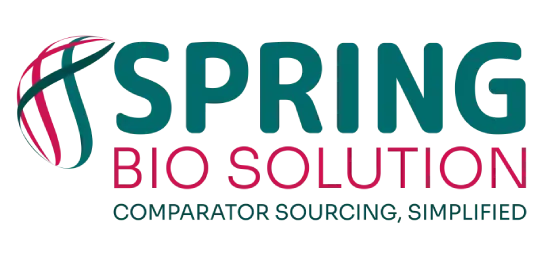The treatment compliance requires taking the medicines during the day as advised by the clinician. Some medicines are required to be taken multiple times during the day. This leads to sometimes patients forgetting to take the same and becomes a bother for the patients and the caretakers. Reducing the frequency of the medication intake without hampering the effectiveness of the therapy led to the development of time-released dosage forms that are known with different terminologies. Sustained release dosage forms have revolutionized the field of pharmaceuticals by offering a sophisticated approach to drug delivery. These formulations, also known as extended release dosage forms or controlled release dosage forms, are engineered to gradually release therapeutic agents into the body over an extended period. Unlike conventional immediate-release medications, sustained release formulations provide a steady and prolonged release of the active ingredient, ensuring a more consistent therapeutic effect. This innovation not only enhances patient convenience with reduced dosing frequency but it also offers the potential for improved treatment outcomes by maintaining drug levels within the therapeutic range for extended durations.
Sustained release dosage forms are increasingly being used in global clinical trials to assess their efficacy and safety across diverse patient populations. These global clinical trials aim to evaluate the performance of sustained release formulations in maintaining therapeutic drug levels and improving patient adherence in various regions worldwide. Global clinical trials also help to identify any region-specific differences in response to sustained release dosage forms, informing regulatory decisions and market access strategies. Pharmaceutical manufacturers invest in R&D to develop sustained release formulations, aiming to improve drug efficacy and patient adherence. Pharmaceutical manufacturers require specialized knowledge and technology to design and manufacture sustained release dosage forms, such as advanced coating techniques and controlled-release systems. Pharmaceutical manufacturers must adhere to stringent regulatory requirements to ensure the safety, quality, and efficacy of sustained release products, often requiring extensive testing and documentation.
Types of Sustained Release Dosage Forms:
- Extended Release Tablets/Capsules:
- These are the most common form of sustained release dosage forms.
- They are designed to release the drug gradually over a prolonged period, often through special coatings or matrix systems.
- It’s crucial for patients to understand that they should not crush or chew sustained release tablets, as it can disrupt the controlled-release mechanism and lead to unintended rapid drug release.
- Examples include Glucophage XR (metformin), OxyContin (oxycodone), and Concerta (methylphenidate).
- Sustained Release Matrix Systems:
- In these systems, the drug is uniformly distributed within a matrix or reservoir.
- The drug is released by diffusion through the matrix or erosion of the matrix over time.
- Examples include certain types of oral tablets and capsules.
- Osmotic Pump Systems:
- These systems use osmotic pressure to release the drug at a controlled rate.
- The device has a semi-permeable membrane that allows water to enter, pushing the drug out through a small opening.
- Examples include Procardia XL (nifedipine) and Osmolex ER (amantadine).
- Coated Beads or Granules:
- The drug is contained within coated beads or granules.
- Each bead or granule releases the drug over time, providing a sustained effect.
- Examples include Adderall XR (mixed amphetamine salts) and Ritalin LA (methylphenidate).
- Transdermal Patches:
- These are applied to the skin and deliver the drug through the skin and into the bloodstream over an extended period.
- They are often used for drugs that can be absorbed through the skin.
- Examples include nicotine patches for smoking cessation and the fentanyl patch for pain relief.
- Implants:
- These are small devices implanted under the skin that slowly release the drug over weeks, months, or even years.
- They are often used for hormonal therapies, such as contraceptives (e.g., Nexplanon) or for conditions like advanced prostate cancer (e.g., Zoladex).
Advantages of Sustained Release Dosage Forms:
- Reduced Frequency of Administration: Patients can take the medication less frequently, which can improve compliance, especially for long-term treatments.
- Consistent Drug Levels: Sustained release formulations help maintain the drug concentration within the therapeutic range for a longer duration, reducing fluctuations.
- Reduced Side Effects: By avoiding high peaks in drug concentration, these formulations can potentially reduce side effects.
- Improved Patient Convenience: Patients may find it more convenient to take medications less frequently.
Sustained release dosage forms are valuable tools in pharmacotherapy, offering benefits of improved patient adherence, reduced side effects, and more stable drug levels. These are prescription products that must be taken only under the supervision of the treating physician.




